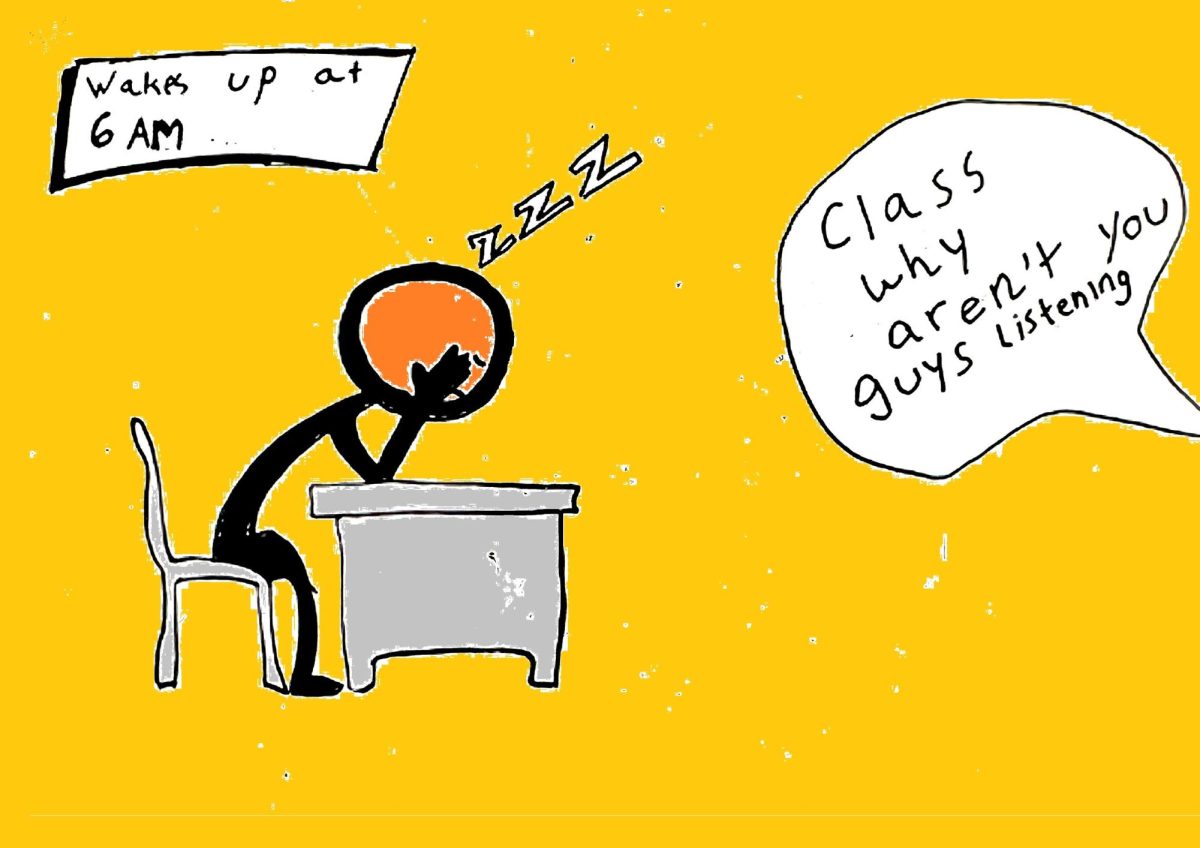School dress codes were put into place to prevent students from wearing articles of clothing that distract others and create unproductive learning environments. Yet, upon looking deeper into the dress code policy, students may notice that one piece of it, directed specifically at women, is highly biased and sexist.
The one rule that stands out is number eight. This rule states that students are not allowed to wear “clothing that disrupts or directly interferes with the education process by distracting students or staff from constructive classroom activities. Immodest attire that allows excessive exposure of the chest, midriff, back, thighs, cleavage and/or buttocks may be considered disruptive.”
This rule, when broken down states that “disruptive clothing,” is proper grounds to be punished. The rule is saying that when a woman’s body distracts a man or another individual from learning, she must change her attire.
The message that rule number eight sends is outdated and repressive. Women do not ask for peers to sexualize their body parts. They should not have to bear the blame for immature individuals who cannot focus on school work simply because a woman is in their presence.
In comparison to female students, principal John Koch said that male students are often dress-coded for wearing clothes that depict nudity, profanity or drug references. Most everyone is uncomfortable with vulgarity, so it benefits many of the students and staff. When a woman is asked not to wear clothes because of the reactions of a few immature students, somehow this is deemed a rule that is beneficial to all. This rule is quite unfair.
Most of the rules in the policy involve prohibiting students from wearing clothing or accessories that “promote alcohol, tobacco, illicit drug use or which display weapons or violence…that contain vulgar, lewd, indecent, derogatory or suggestive diagrams, pictures, slogans or words that may be interpreted as racially, religiously, ethnically, or sexually offensive,” the student planner states.
As for the unfair aspects of the dress code, Koch addressed that the dress code has been around for a long time and it hasn’t been changed much because Koch finds it is still applicable to students here.
Therefore, one finds that it features highly outdated ideals that existed in the mindsets of past generations.
“Even though the community norms have become more relaxed in terms of clothing and increased levels of body exposure, these standards will be enforced to maintain an appropriate and focused educational setting,” states the student planner.
In this statement, the dress code is sending a message that people’s bodies are something to be ashamed of. Most students seen are dressed appropriately for their environment. Therefore the dress code does not need to adamantly prohibit body exposure.
In assistant principal Danelle Heikkila’s eyes, girls are not to be shamed for what they wear, but they should strive to be professional in their school attire. She admits that girls often receive mixed signals from our society, thinking that it pressures women to wear revealing clothing. This results in girls being marketed and sexualized, making schools send messages of negativity toward revealing clothes.
For Heikkila, the school strives for comfortability for the students and staff. The school does not want to shame women, but they want women to dress professionally in the right environments.
“School is where one might be generally professional,” Heikkila said.
Koch and Heikkila both agree that the main point of their stance is that they do not want women to feel obligated to wear revealing clothes at school in order to feel beautiful.
The eighth rule of the dress code policy should be taken out or restated in a way that is neither sexist or biased. While rule number eight remains in effect, the dress code blames the wearer for the reaction of the onlooker and is a prime example of discrimination in the school environment. In a society that is progressing forward toward more rights for women, it is time that this discrimination be left in the past, so that society can progress further.





